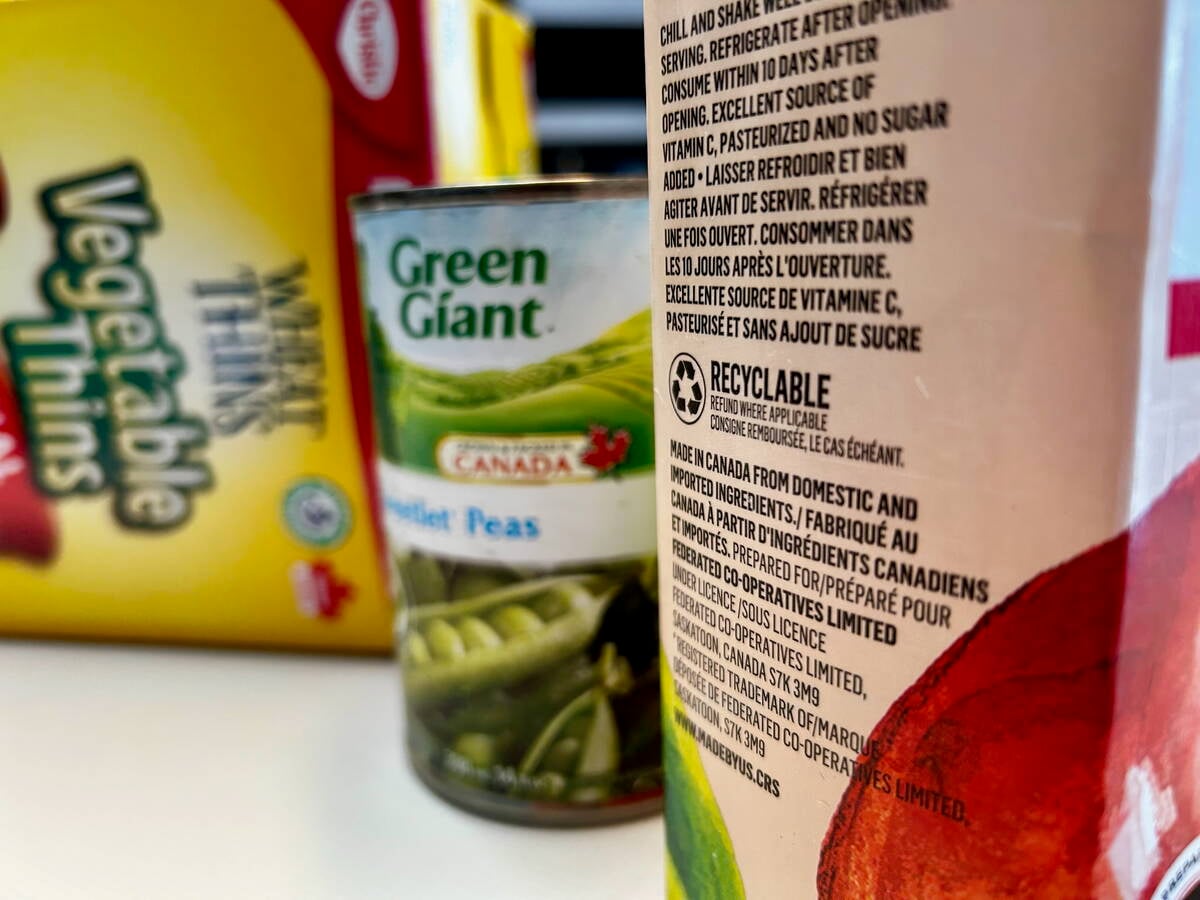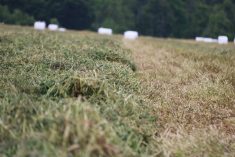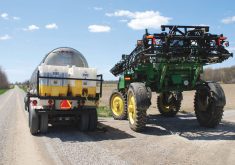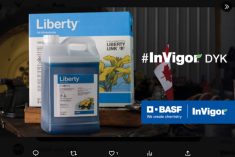Unseasonal snowfall and a cool spring may have pushed thoughts of spring weed control down the list of things to think about.
But it’s important to get a plan in place now, because when it does warm up, things will happen quickly, said Kim Brown-Livingston, Manitoba’s provincial weed specialist, during an April 19 CropTalk webinar.
“You’ll hear me talk forever on how the best weed control you have is a good, healthy competitive crop,” she said. “That’s really important. We have to use lots of different products but the number one thing is to get that crop growing and really healthy.”
Read Also

Unclear food labels hinder Canada’s ‘buy local’ surge
“Maple-washing” on Canadian food packaging makes label claims hard to keep straight and hurts both farmers and consumers trying to buy Canadian, economist says.
Why it matters: A cool, late spring means weeds will emerge with a vengeance when it warms up.
A good pre-emergent spray can give the crop a leg up, but Brown-Livingston suggests farmers consider two things. The first is herbicide resistance. There were always weeds with a certain tolerance to different modes of action but now more of them are becoming resistant and able to survive a lethal dose.
A glyphosate burn is no longer enough. Something else is needed in the tank along with it.
“We know that our herbicides are not going to work on every single weed all the time,” she said. “Basically we want to start clean so the weeds aren’t ahead of the crop, and I encourage you to use the threshold and tank mix information in the Guide to Crop Protection.”
The publication has useful tables. For example, table 16a lists different crops across the top with different herbicide brands down the side. A check mark at the intersection where herbicide line meets crop column indicates what can work in a tank mix.
Table 16b has the same herbicides with weeds listed across the top. A check mark in the intersection of line and column shows whether the herbicide is effective on that weed.
“That’s what we’re looking at,” Brown-Livingston said. “What are our driver weeds? What are the weeds we’re going after? What are the complementary products that we’re spraying in crop? Start matching up your products from there and use the charts in the guide for that purpose.”
The second thing to consider is low spring temperatures. Herbicides and weeds interact at an optimal temperature. It’s best to apply the chemistry once there are steady temperatures of 8 C or warmer for at least four hours after spraying.
Low spring temperatures are also causing concern about field drying and overland flooding, according to Manitoba Agriculture systems modeller Timi Ojo.
“If we take a look at current soil moisture and temperatures, you’d notice that both our snow melts occurred last week between April 11 and April 17 regardless of the region you’re looking at. The rapid melting has led to overland flooding.”
Last fall provincial soil maps showed water capacity topping 80 to 100 percent. Soil was saturated and then froze.
Oddly enough, snowfall over winter was about 50 percent of normal but the long, cool spring kept most of it on the ground until mid-April. With daytime temperatures lagging below normal, soil is not drying out.
“From my experience, when you have below normal temperatures, it tends to lead to normal or above normal precipitation,” Ojo said “That’s not good news in terms of allowing the fields to dry quickly.”
Some overland flooding has occurred in the Altona area but conditions are worse south of the border.
“From April 1 they’ve actually accumulated snow in Fargo because they’ve had a series of storms,” Ojo said. “They’ve actually received 5.32 inches of precipitation in April.”
The normal level is 1.5 inches so that region has more than three times the usual amount. The flooding situation could be within the top 10 worst in the Fargo region. Winnipeg could see high water conditions within three weeks.
Meanwhile, an additional 40 cm of snow was falling at press time in parts of Manitoba. That and continued low temperatures will slow drying and could herald more precipitation.
There is one advantage to wet and cold soil conditions, said soil specialist John Heard. It’s made soil sampling a lot easier.
“The soil is not deeply frozen so I think sampling is very prudent,” he said. “If you didn’t get it done in the fall, now is a nice window to do that because soon it will be too mucky to get out there.”
Low temperatures present another advantage that may play into the hands of farmers who applied urea or anhydrous last fall. Cool soils slow nitrate conversion.
“If nitrogen is banded in the fall and it continues to get cold, that nitrogen actually resides in the ammonium form over winter so it’s not lost to leaching or denitrification,” said Heard.
“If it’s converted to nitrate we can lose it that way so I compliment those farmers who applied urea or anhydrous ammonia late in the fall. It froze up shortly after that. You’re not worried.”















